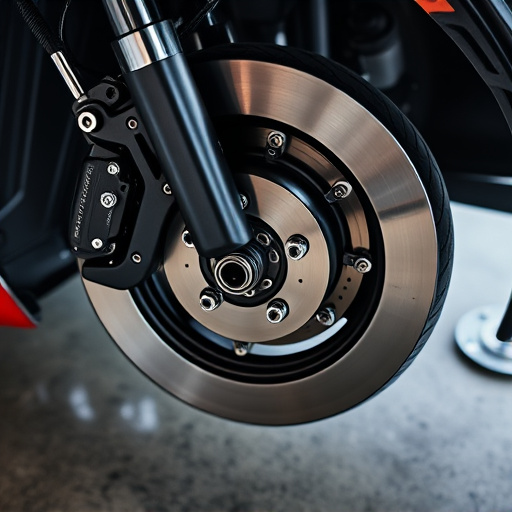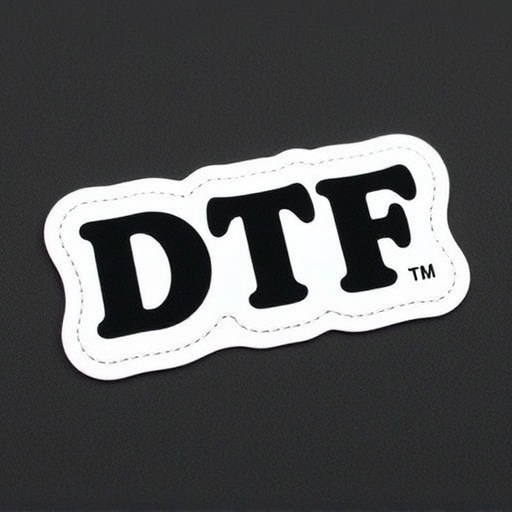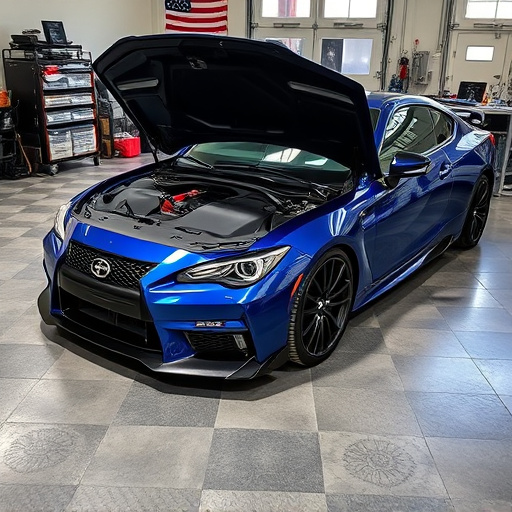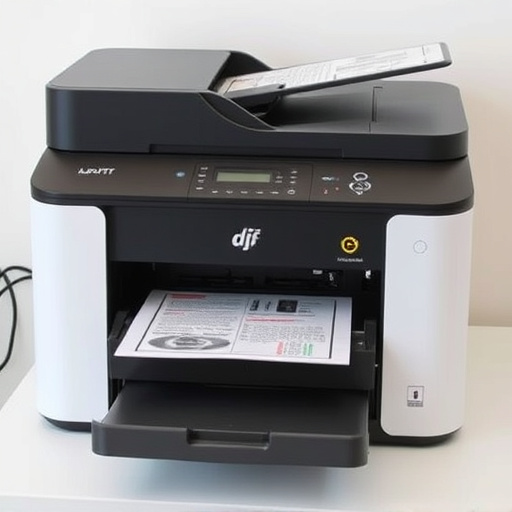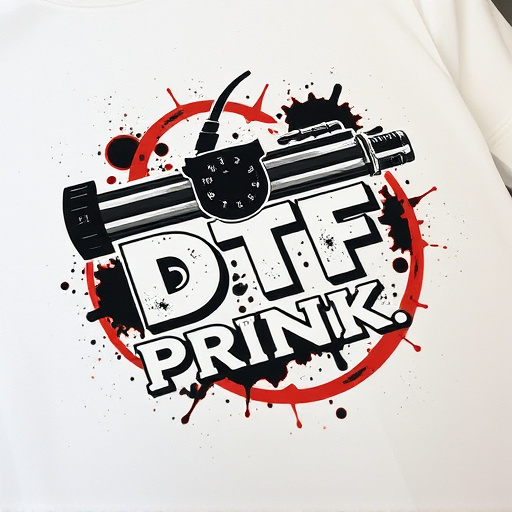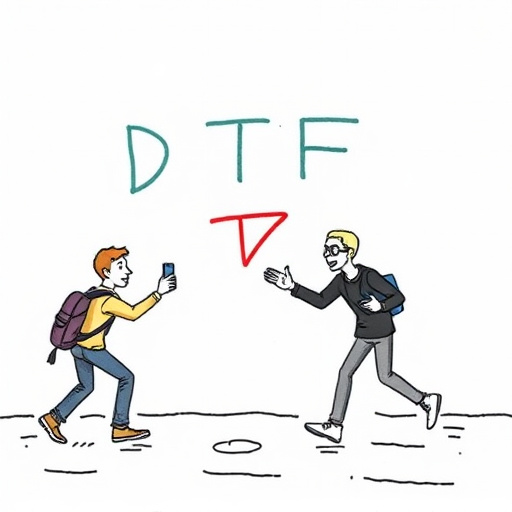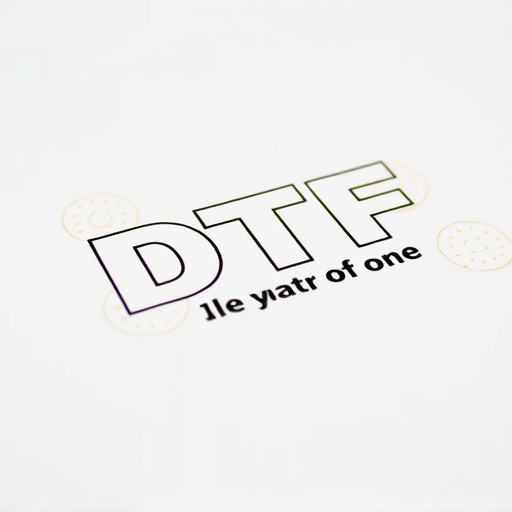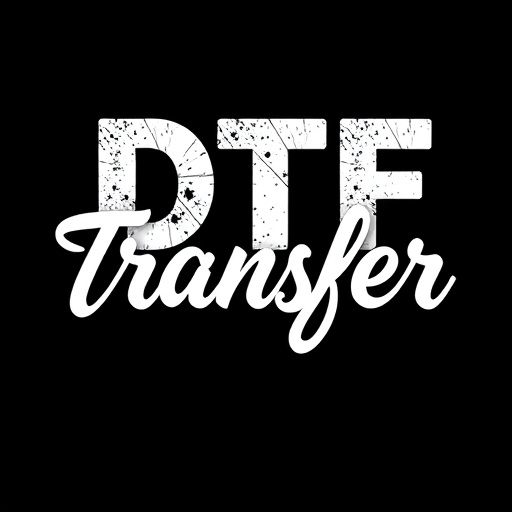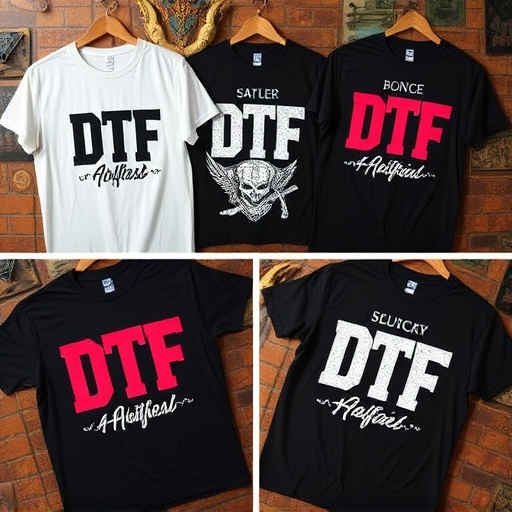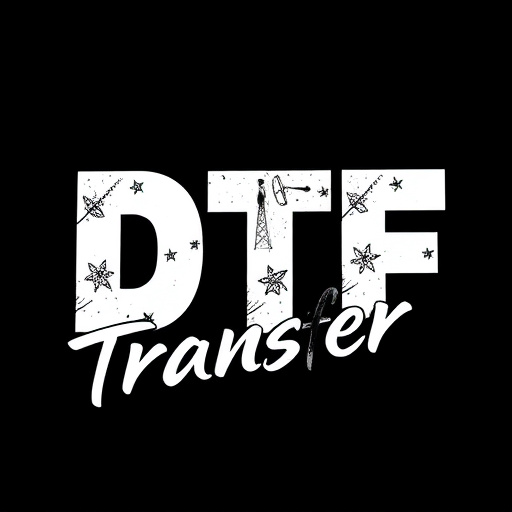Bulk DTF Transfers are revolutionizing custom merchandise, particularly for shirt production, by offering high-quality printing at reduced costs and faster turnaround times. To maximize profits, businesses should invest in premium fabrics, optimize printing settings, employ competitive pricing strategies, diversify product lines beyond t-shirts, streamline workflows, and implement efficient inventory management and logistics. Utilizing advanced equipment, top-tier inks, and meticulous design preparation ensures superior results while continuous operation refinement enhances overall profitability in bulk DTF Transfers.
In today’s competitive market, understanding bulk DTF (Direct Transfer) transfers can significantly boost your bottom line. This article guides you through the intricacies of maximizing profits with efficient bulk DTF transfers. We’ll explore strategies, best practices, and common pitfalls to ensure success. By implementing a well-planned approach, businesses can unlock the full potential of DTF transfers, enhancing speed, cost-efficiency, and overall profitability. Dive into this comprehensive guide for a step-by-step roadmap to optimizing your bulk DTF processes.
- Understanding Bulk DTF Transfers: Unlocking the Potential
- Strategies for Maximizing Profits: A Step-by-Step Guide
- Best Practices and Common Pitfalls to Avoid
Understanding Bulk DTF Transfers: Unlocking the Potential
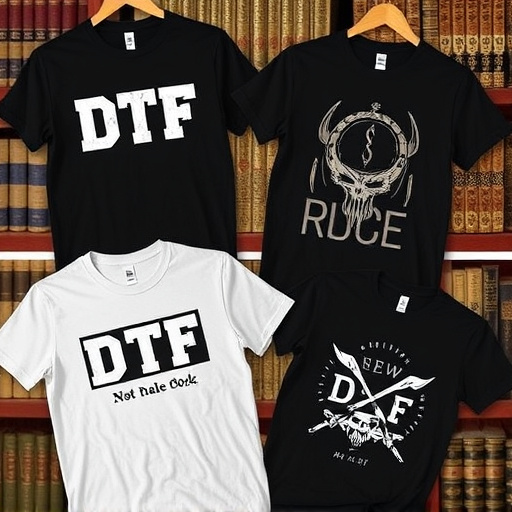
Bulk DTF Transfers are a game-changer for businesses looking to streamline their product development process and boost profits. Understanding this technology involves grasping how it revolutionizes the way custom merchandise, such as custom t shirts, are produced. DTF stands for Direct to Fabric Transfer, a printing method that enables high-quality designs to be applied directly onto various materials without the need for intermediate steps or expensive set-ups.
This bulk production technique is particularly attractive for businesses focusing on bulk DFT shirt production. By leveraging DTF technology, companies can achieve exceptional print quality, reduce turnaround times, and minimize waste. The potential for maximizing profit lies in the ability to offer personalized products at competitive prices, catering to a wide range of customers seeking unique and affordable items.
Strategies for Maximizing Profits: A Step-by-Step Guide
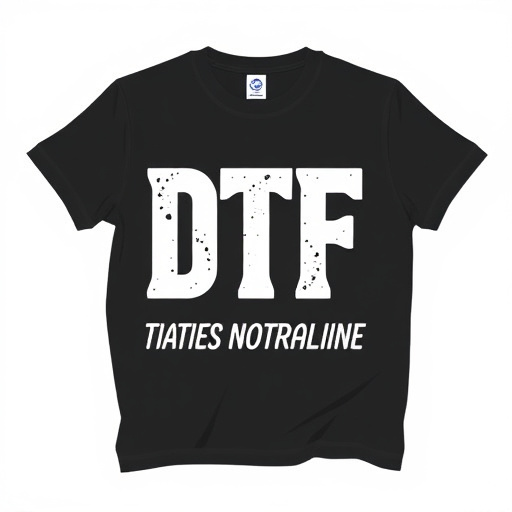
To maximize profits with bulk DTF (Direct to Fabric) transfers, follow this step-by-step guide:
1. Source Quality Materials: Invest in high-quality fabrics suitable for DTF printing. This ensures better print outcomes and increases customer satisfaction. Opting for a diverse range of colors and materials can attract a broader clientele, including those seeking custom sheets for heat pressing designs onto garments. Remember, the foundation of any successful business lies in using top-tier materials.
2. Optimize Printing Settings: Fine-tune your printing settings for precise and vibrant results. Experiment with different heat levels and pressure to achieve the best transfer efficiency. This step is crucial, especially when dealing with intricate designs that require meticulous detail, like custom graphic tees.
3. Strategize Your Pricing: Set competitive pricing while maintaining healthy margins. Research market rates for bulk DTF transfers and offer packages tailored to various customer needs. Consider discounting for larger orders to encourage volume sales without compromising quality, utilizing the heat press effectively.
4. Diversify Your Product Range: Expand beyond basic t-shirts; offer a variety of garments and materials to cater to diverse customer preferences. This strategy not only maximizes revenue but also ensures your business remains relevant in the dynamic market for custom apparel.
5. Build an Efficient Workflow: Streamline your production process by implementing efficient practices. From designing to printing and packaging, each step should be well-organized. A smooth workflow reduces waste, minimizes errors, and allows you to handle larger orders without sacrificing quality.
Best Practices and Common Pitfalls to Avoid
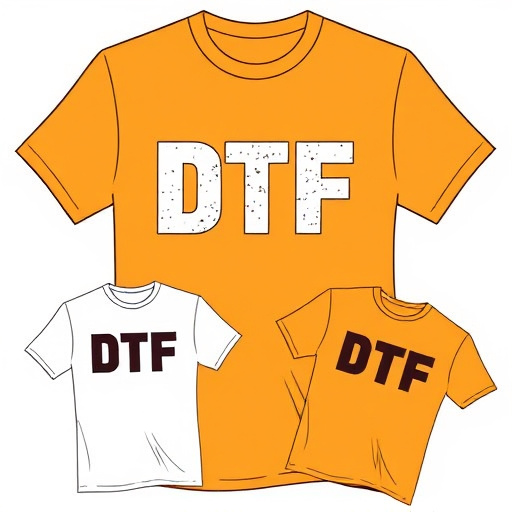
To maximize profit with bulk DTF (Direct to Fabric) transfers, understanding best practices and avoiding common pitfalls is essential. When executing bulk DTF transfers, such as those used in DTF for apparel or dtf printing for hoodies, ensuring high-quality prints on suitable fabrics is paramount. This involves selecting the right equipment, like state-of-the-art printers, and top-tier inks designed for light fabric DTF printing. Proper preparation of designs and files, including resolution, color profiles, and format compatibility, can significantly reduce imperfections and waste.
Another critical aspect to consider is efficient inventory management and order fulfillment. Avoid overstocking by accurately forecasting demand and maintaining optimal stock levels. Conversely, running out of stock can lead to lost sales. Streamline the ordering process with reliable suppliers who offer competitive pricing for bulk orders. Additionally, implementing a robust logistics system ensures timely delivery, minimizing delays that could negatively impact customer satisfaction. Remember that every step in the process, from design to delivery, directly influences profitability, so staying vigilant and refining operations based on performance metrics is key to long-term success with bulk DTF transfers.
In conclusion, understanding and leveraging bulk DTF transfers can significantly enhance your profit margins. By implementing the strategies outlined in this article—from grasping the fundamentals of bulk DTF transfers to adopting best practices—you can navigate this financial tool effectively. Avoid common pitfalls, stay informed about market trends, and consistently refine your approach to maximize returns on bulk DTF transfers. Remember, success lies in continuous learning and adaptation within this dynamic landscape.
